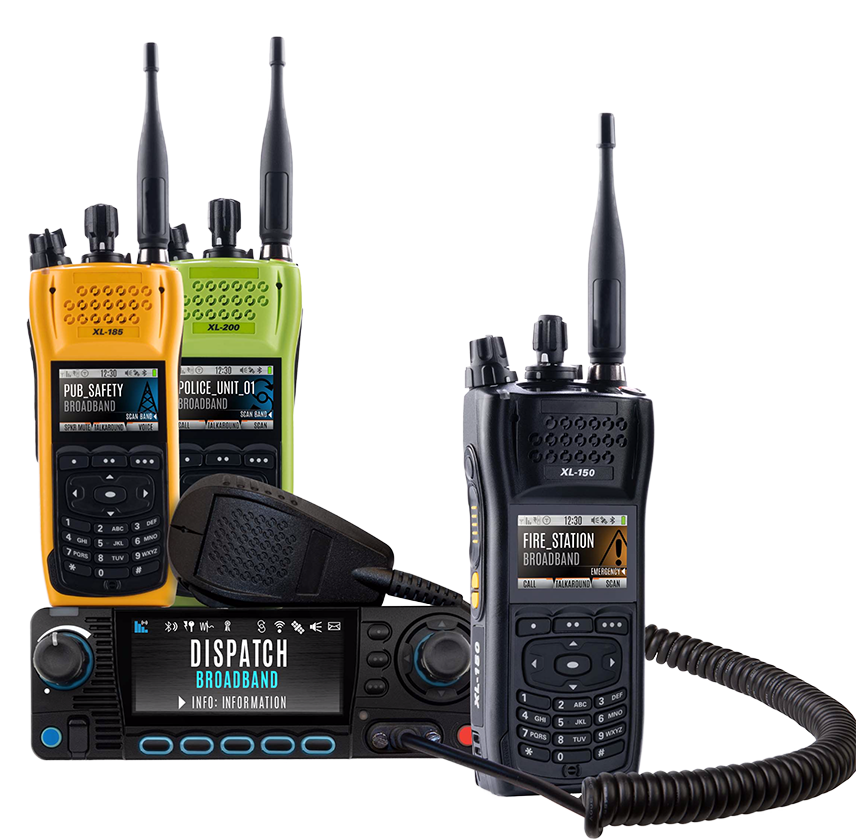In the face of 15 hurricanes, 10 named tropical storms and numerous large-venue events, the system has maintained a 99.96 percent uptime rate in some of the region’s most-treacherous conditions. “We have a proven track record showing we can provide the state of Florida’s emergency personnel uninterrupted connectivity during critical operations,” Steve Williams, L3Harris’ SLERS director, said. “The technology we incorporate into SLERS would be light years ahead of other companies’. When you talk about resiliency and redundancy, you can lose a control site and even the next one, and any other site can become the control point, assuring communications for the network. That in itself is a solution you need in Florida, given its nature as a hot bed of hurricane targets.” Florida’s SLERS was conceived in 1987 to connect disparate state agencies into one communications network. The system became operational in 1992 – with counties coming online in stages – and, in 2000, the state awarded L3Harris a contract to finish the system, retrofit the existing infrastructure, and own and maintain the network. “We work in concert with the state to ensure that all of their unplanned and planned events go well,” Williams said. SLERS leverages “microwave communications with diversity,” Williams said, adding resiliency and redundancy into the network so communications can be restored quickly if a site goes off network temporarily due to damage or failure during storms. Hurricanes of recent memory – notably the 2004 hurricane season, where four storms took aim at Florida in quick succession, 2017’s Irma and 2018’s Michael – have shown the immense destruction large storms can bring, but also the integrity of L3Harris’ system. During Michael, for instance, when counties and cities were without communications due to catastrophic loss of infrastructure, SLERS sites that lost connectivity were completely brought back online within 96 hours of the storm’s landfall. Agencies without communications were brought on to SLERS to support their storm response and day-to-day operations. | SLERS By the Numbers
|
| L3Harris’ solution is optimized by the company’s XL FAMILY of radios, which provides single-band and multiband connectivity via either P25 or EDACS. Further, L3Harris’ BeOn mobile push-to-talk application extends the network further to LTE and WiFi. | 
|
Ensuring connectivity and facilitating upgrades
When entering into the 20-year contract, the Melbourne-based business was cognizant of possible parts obsolescence issues and proactively procured hardware to ensure the network’s integrity for the entirety of the program. Further, the company stocks up on supplies before every storm season. L3Harris has incorporated upgrades to the system over the years. In 2011, the company upgraded the SLERS aircraft system to include P25 capability. In 2014, P25 and the BeOn push-to-talk mobile application were also incorporated into SLERS’ Mobile Radio System. “This system can move in its current configuration to the newer technologies – you don’t have to start from scratch,” Williams said. “When you’ve already made the investment in the current system, you can build off of it to meet new requirements in a cost-effective manner.” To date, L3Harris still has agencies within the state that are looking to join the network, he added. “It’s very cost-effective, and they don’t have to manage the system themselves,” Williams said. “From a user impact perspective, we have the only radio that can work on EDACS-EA and P25. It allows you to migrate the system to with nominal or no user impact and not require officers to carry two radios.” | L3Harris in Florida
|
